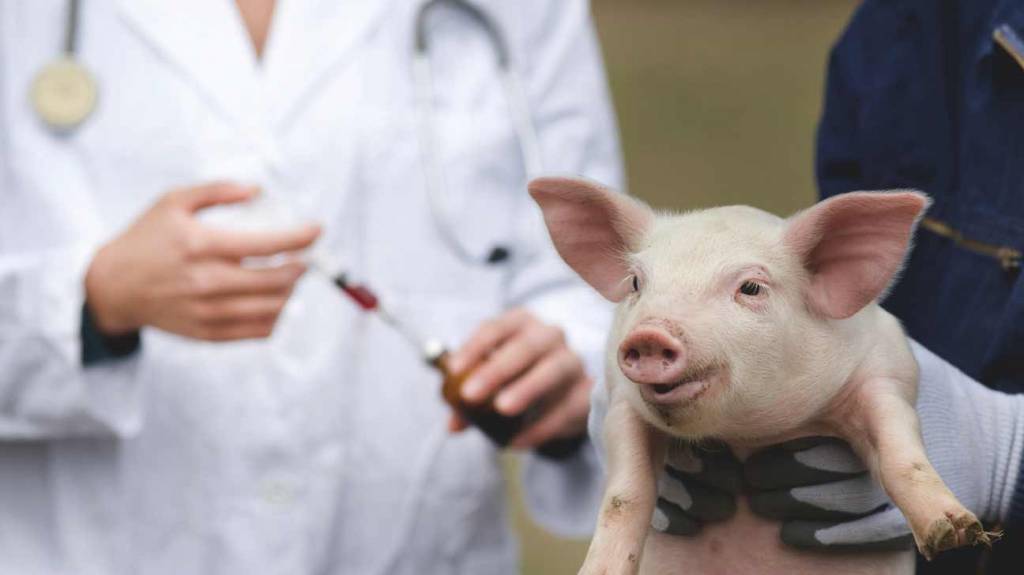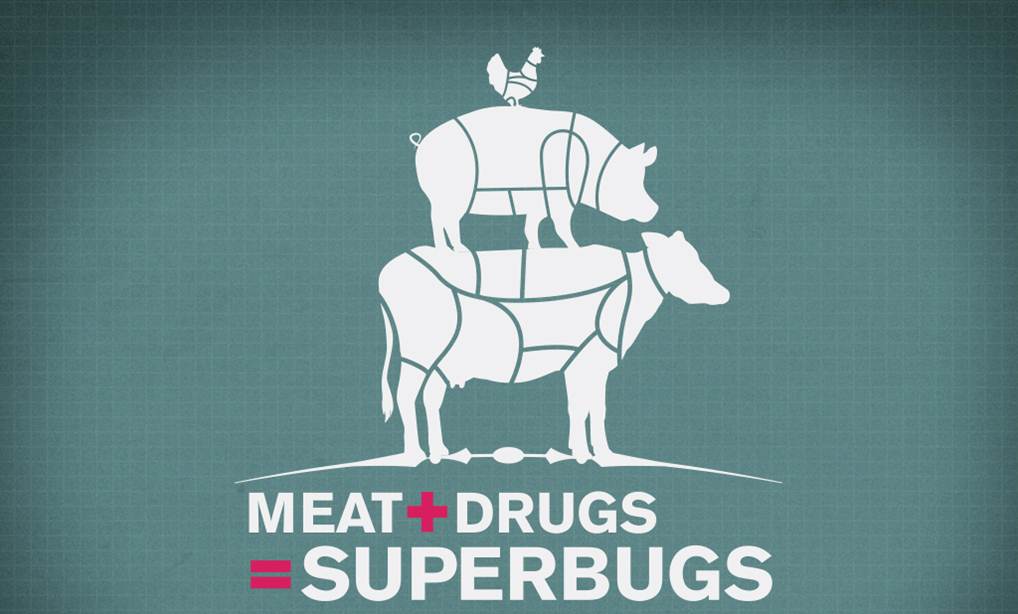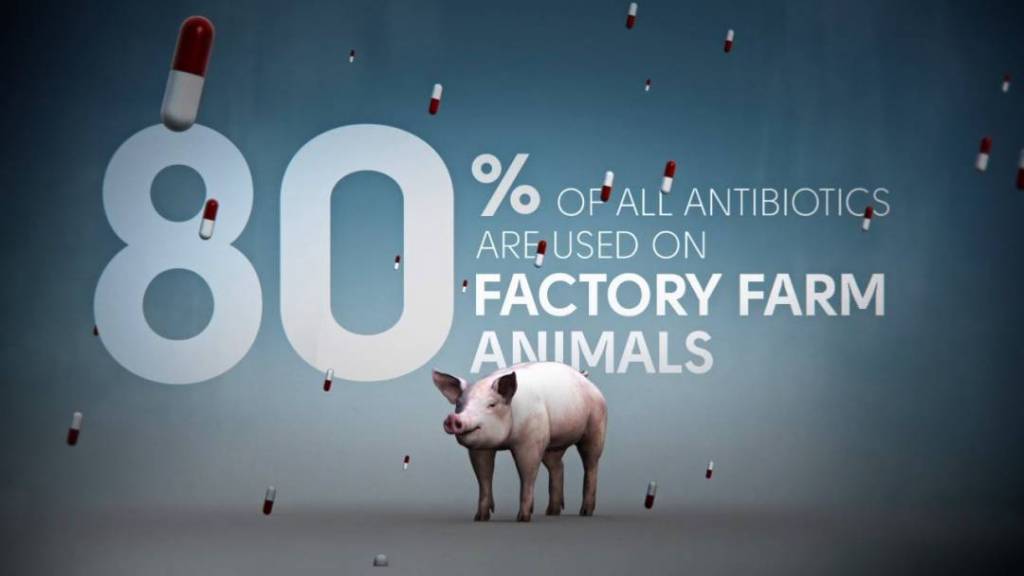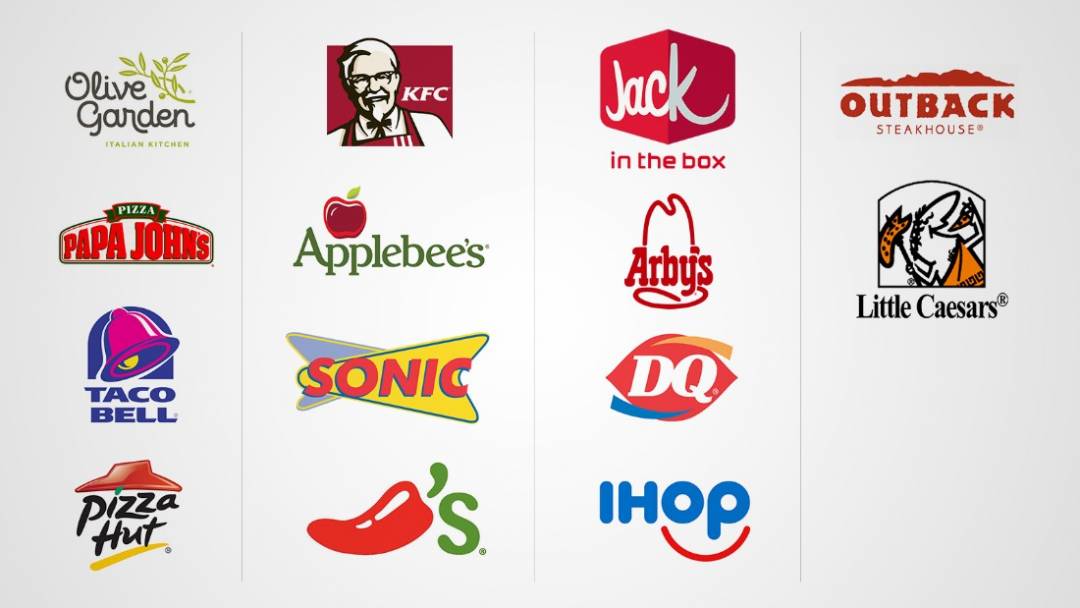The use of antibiotic drugs in North American farming is higher than you might think. This means there are more antibiotics in your food than you know about and there is only limited knowledge of their effects on humans.
Antibiotics are understandably needed to treat animals to treat specific issues such as infections. This can be per animal or to large groups at once. The problem is the wide-spread use of antibiotics for disease prevention.
Nearly 100% of US dairy cows receive antibiotic drugs for prevention but only 16% needed them for infections or similar. Almost 88% of US pigs have antibiotics added to their feed for prevention of infection and to improve growth.

Image Courtesy: Healthline
To put this in perspective, 3 Million pounds of antibiotics are given to humans in the US per year, however 25 million pounds of antibiotic drugs are given to animals (chickens, pigs & cows) per year. Those 25 million pounds worth are for non-therapeutic use.
The good news is a report has recently been released to help the US public be aware of what they’re eating.
Why is antibiotics in meat an issue? It seems like this isn’t just a problem itself but a symptom of modern meat farming. The food safety program director at Food Animal Concerns Trust and analyst for Keep Antibiotics Working says, “The meat industry’s misuse and overuse of antibiotics reflects larger problems of poor animal welfare and farm management practices in U.S. meat production.”
Overuse of antibiotics creates a serious problem for public health. Senior Health Officer with the Natural Resources Defense Council (NRDC) explains, “Overusing antibiotics in meat production helps to create drug-resistant superbugs—our nation’s largest chain restaurants can be part of the problem, or part of the solution.”
Restaurants that sell themselves as a healthier option need to live up to that image in a truer sense by reducing antibiotics in their food. The more informed the consumer is, the higher the demand for meat without routine antibiotics.
As a consumer, you should take advantage of resources available to the public to ensure you make more informed decisions about the food you’re eating.
‘Chain Reaction II‘ is an annual report that is collated by various organisations, including Friends of the Earth and Center for Food & Safety. In its second year, it provides information to the US public about antibiotics in the food that they eat.
Food companies are provided with a comprehensive grade, this is based on their corporate policies around antibiotic use.
Since the first year of the report, twice as many fast food chains could receive a ‘passing’ grade. Although this is a positive step forward, there is still a long way to go.
25 companies were analysed and only two of those received the top grade, A. An A grade is defined as follows; ‘reserved for companies that have policies limiting the routine use of antibiotics across all the meat and poultry they serve and publicly affirming that the majority of their meat and poultry is sourced accordingly.’

Image Courtesy: Circle of Docs
Chains receiving grades B-C have made progress in certain areas, such as chicken, however still have a lot more work to do on other meats. These level grades were given to the following fast food chains;
McDonald’s
Wendy’s
Taco Bell
Subway
Chick-fil-A
D grades are given to companies who have demonstrated very little in the way of curbing antibiotic use. Although, they have made some effort. Papa Johns is a good example of this, they have made some positive policy changes but only to a fraction of their overall meat purchases.

Image Courtesy: YouTube
16 fast food chains received an incredibly low grade, F, that means they did not make any attempts to reduce antibiotic use in the meat that they use.
These fast food chains include:
KFC
Dunkin Donuts
Sonic
Olive Garden
Denny’s
Starbucks
Jack in the Box
Burger King
Applebee’s
Domino’s Pizza
Chilis
Little Caesar’s
Buffalo Wild Wings
Dairy Queen
Arby’s
IHOP
It’s great to pay attention to the restaurant chains but don’t forget about grocery shopping. Try and opt for organic meats where possible, they are raised without the use of antibiotics. You can ask your butcher about the meat you’re buying, look at the labels on your food. In general, the more you research and ask questions about, the more likely you’ll be to stay away from antibiotics in the meat you’re eating.
Bonus Video:














